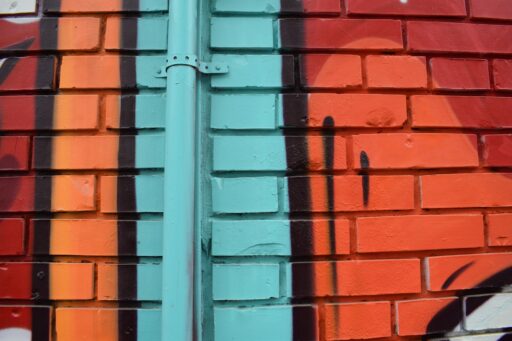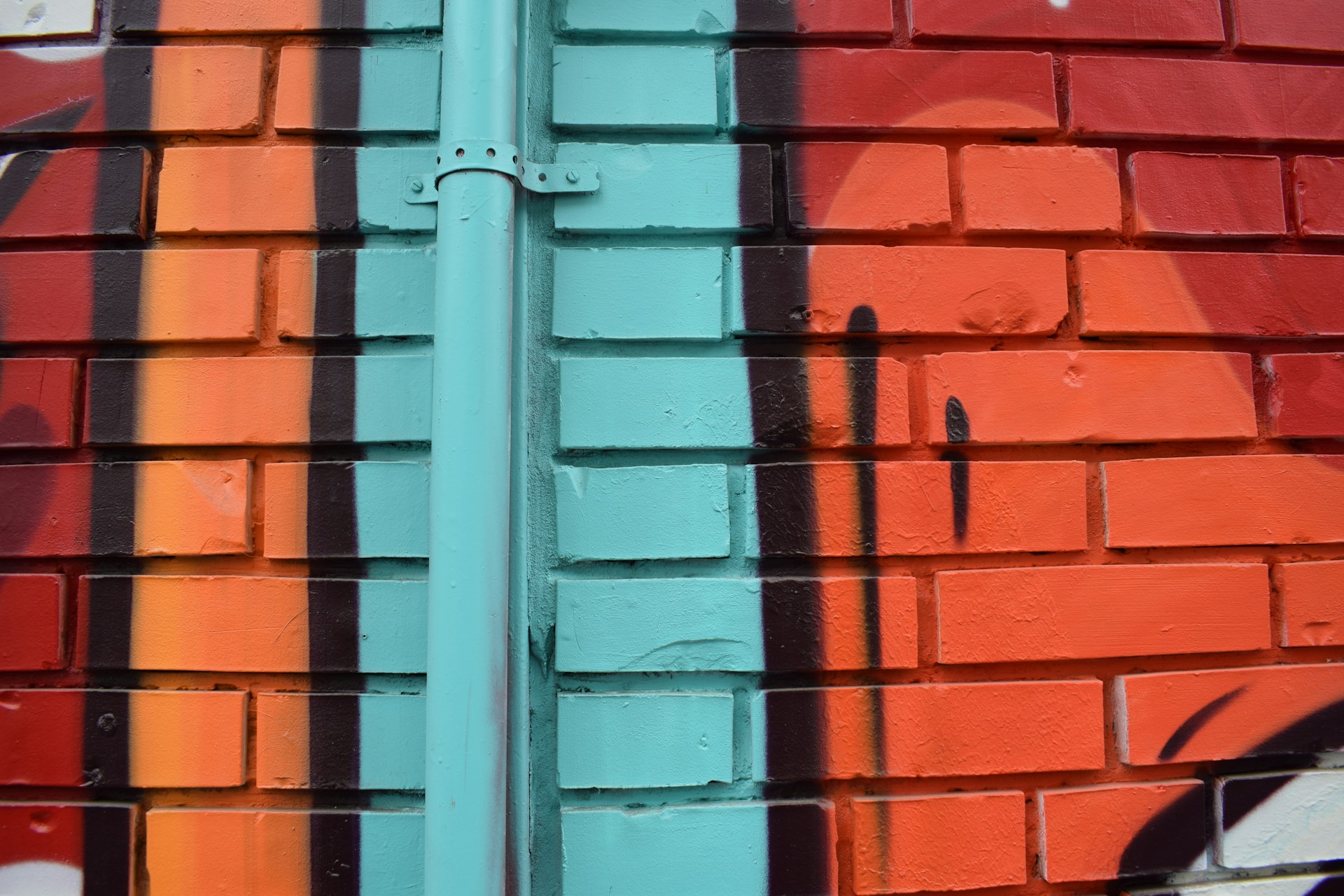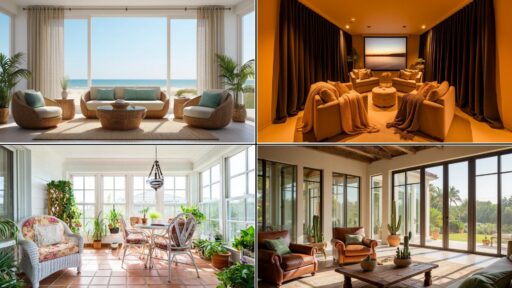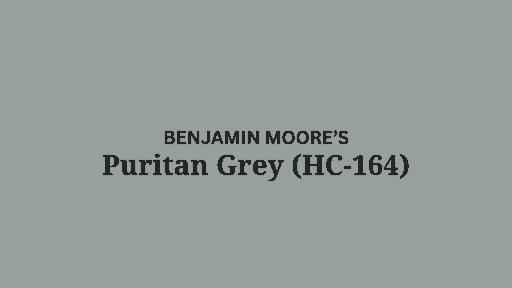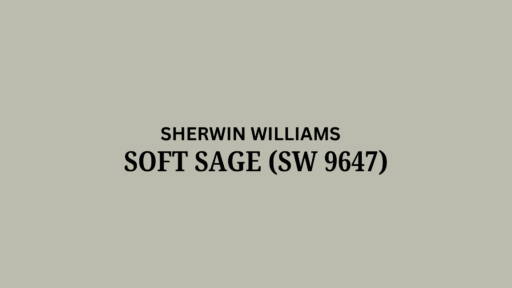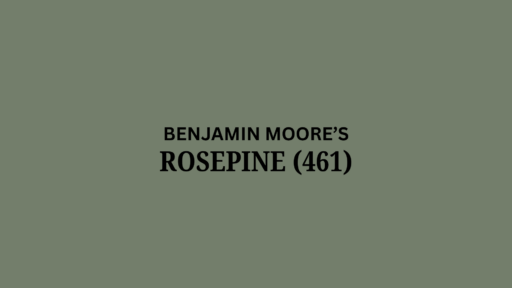Curb appeal isn’t just about landscaping or a pretty front door. It’s about how the entire exterior of your home presents itself. One of the most effective, budget-friendly ways to transform your home’s appearance is through exterior house painting done by a painting company. But there’s more to a great paint job than applying a fresh coat. With the right color strategy, you can accentuate the best architectural features of your home while giving it a polished, professional look.
Why Exterior Paint Choices Matter
Before you start browsing paint swatches, you must understand the weight of your decisions when it comes to paint. Color, contrast, and finish can completely change how your home is perceived, and a paint scheme can create elegance and timelessness, or a busy or outdated look. The exterior of your home is the first thing people see. Whether you’re trying to sell or improve your space, paint can instantly shape that impression.
First Impressions and Curb Appeal
According to the National Association of Realtors (NAR), 99% of real estate agents believe curb appeal is the most important thing to attract buyers to a property. A well-executed paint job can emphasize structure, symmetry, and design, making even older homes feel refreshed and intentional. For example, highlighting window trim or porch columns with a contrasting color creates visual interest and depth. When done right, these minor updates give your home a more upscale appearance without major renovations.
Architectural Style and Paint Harmony
Your home’s architecture should guide your color palette. A mid-century modern home with clean lines may suit a minimal two-tone scheme, while a Victorian home might shine with complementary color accents on intricate trim.
Here are a few style-based suggestions:
- Colonial: Stick with neutral bodies (gray, white) and dark shutters (black, navy).
- Craftsman: Earthy tones like olive, taupe, and burnt orange work well with wooden details.
- Contemporary: Go bold with charcoal siding and bright accents like teal or rust.
When a paint color works with a home’s style, rather than against it, it has a positive visual impact that is easy to recognize.
Know Your Home’s Architectural Features
Not every detail of your home requires a paint job; however, some features will benefit from contrast or definition. The first step is knowing what parts of the home you want to highlight and emphasize.
Common Features to Highlight
Here are several architectural features of homes, categorized by significance, that can be accentuated beautifully with a strategic paint approach:
- Trim and moldings: Go lighter or darker than your main siding color to add depth.
- Columns and posts: Accent them with a subtle contrast to make entrances feel more grand.
- Window frames and shutters: Frame views and balance symmetry with bold or deep colors.
- Front doors and entryways: A bright or contrasting door color draws the eye and adds personality.
- Rooflines, gables, and dormers: These structural elements can be defined with shadowing or contrasting shades.
Even garage doors or porch ceilings can become design features if painted thoughtfully.
What Not to Overdo
While highlighting key features can improve design cohesion, too much contrast or color can feel disjointed. Avoid painting every single trim, post, or edge in a different hue and stick to 2–3 key colors. Over-personalized palettes such as neon greens or bubblegum pinks might also hurt resale value. Always strive for some balance and timeless appeal when painting.
Choosing the Right Exterior Paint Colors
Picking the right color palette is both art and science. Using proven principles like the 60-30-10 rule keeps everything looking intentional and balanced.
Main Color, Accent Color, and Trim
This rule breaks down as follows:
- 60% (Main body): This is the dominant siding color.
- 30% (Secondary): Often used for doors, garage, fascia, or larger trim areas.
- 10% (Accent): Reserved for shutters, railings, and small decorative details.
Neutral tones like grays, taupes, and off-whites are safe bets for the main body. Add personality with deeper or richer secondary tones, then finish with crisp or bold accents like black, charcoal, or navy.
How Lighting and Environment Impact Color
Exterior paint looks different under changing light. A color that appears beige on a swatch might look yellowish in direct sunlight. Shade, orientation, and landscaping also affect appearance.
- South and west-facing homes get strong sunlight, and cool or muted tones balance glare.
- Heavily shaded homes may benefit from lighter or warmer hues to avoid looking dull.
Be sure to test paint swatches on multiple walls at different times of the day before committing.
Timeless vs. Trendy Colors
Color trends come and go. While it’s tempting to follow social media favorites (like sage green or dusty rose), timeless palettes offer long-term appeal. Popular timeless combinations include:
- Warm white body with black trim
- Slate gray with soft ivory accents
- Deep navy body with crisp white trim
You can always layer trendy colors in more minor details like doors or planters instead of large surfaces.
Professional Techniques to Highlight Features
This is where technique meets creativity. Painting professionals know that paint is more than color; the application, placement, and sheen can really matter.
Using Contrast Effectively
Contrast helps draw the eye to the right places. Pairing light siding with dark trim (or vice versa) frames your home. Glossy paint on trim or doors can also make features pop.
For example:
- Use a matte or satin finish on the body for a soft backdrop.
- Choose semi-gloss or gloss on trims and railings for a crisp, clean look.
Creating Depth with Shadows and Accents
Depth can be enhanced by using slightly darker tones in recessed areas like window trims, porch overhangs, or gable ridges. This mimics natural shadows and gives the exterior more visual layering. Using two shades of the same color family, one lighter, one deeper, can also subtly define architectural shifts without overwhelming the eye.
Avoiding Common Mistakes
Common exterior paint mistakes include:
- Ignoring prep (scraping, sanding, priming)
- Overusing bright or clashing colors
- Skipping quality paint for cheaper alternatives
Also, don’t apply new paint over old flaking coats because it won’t last. Professionals take the time to prep the surface properly to ensure long-lasting results.
When to Call a Professional Painting Company
Exterior painting isn’t always a DIY-friendly job. If your home has complex architecture, height challenges, or older materials, it’s best to bring in experts.
Benefits of Hiring Experts
Professional painters offer:
- Proper surface prep (power washing, patching, caulking)
- Precision in color placement
- Knowledge of climate-appropriate materials
- Warranties or guarantees on workmanship
- Value for money with quality output
Most importantly, they save time and prevent costly errors. A poorly executed DIY paint job often needs professional correction later.
What to Look for in a Painting Company
When hiring, look for:
- Verified reviews and a solid portfolio
- Experience with architectural details and woodwork
- Local knowledge of climate (essential for product durability)
- Use of premium paints like acrylic latex or elastomeric coatings for longevity
Always ask about any colour consultations and timelines.
Final Thoughts
The right painting style has the power to reveal, frame, and celebrate the best parts of your home’s architecture. When thoughtfully chosen and applied, it refreshes the exterior while showing care for your home. Whether you’re planning to sell or simply want to fall in love with your home again, take the time to choose the right palette. Understand your architecture. Highlight with contrast and restraint. When in doubt, trust the professionals. From first impressions to lasting value, exterior house painting and painting company expertise can turn even the simplest homes into visual statements.

